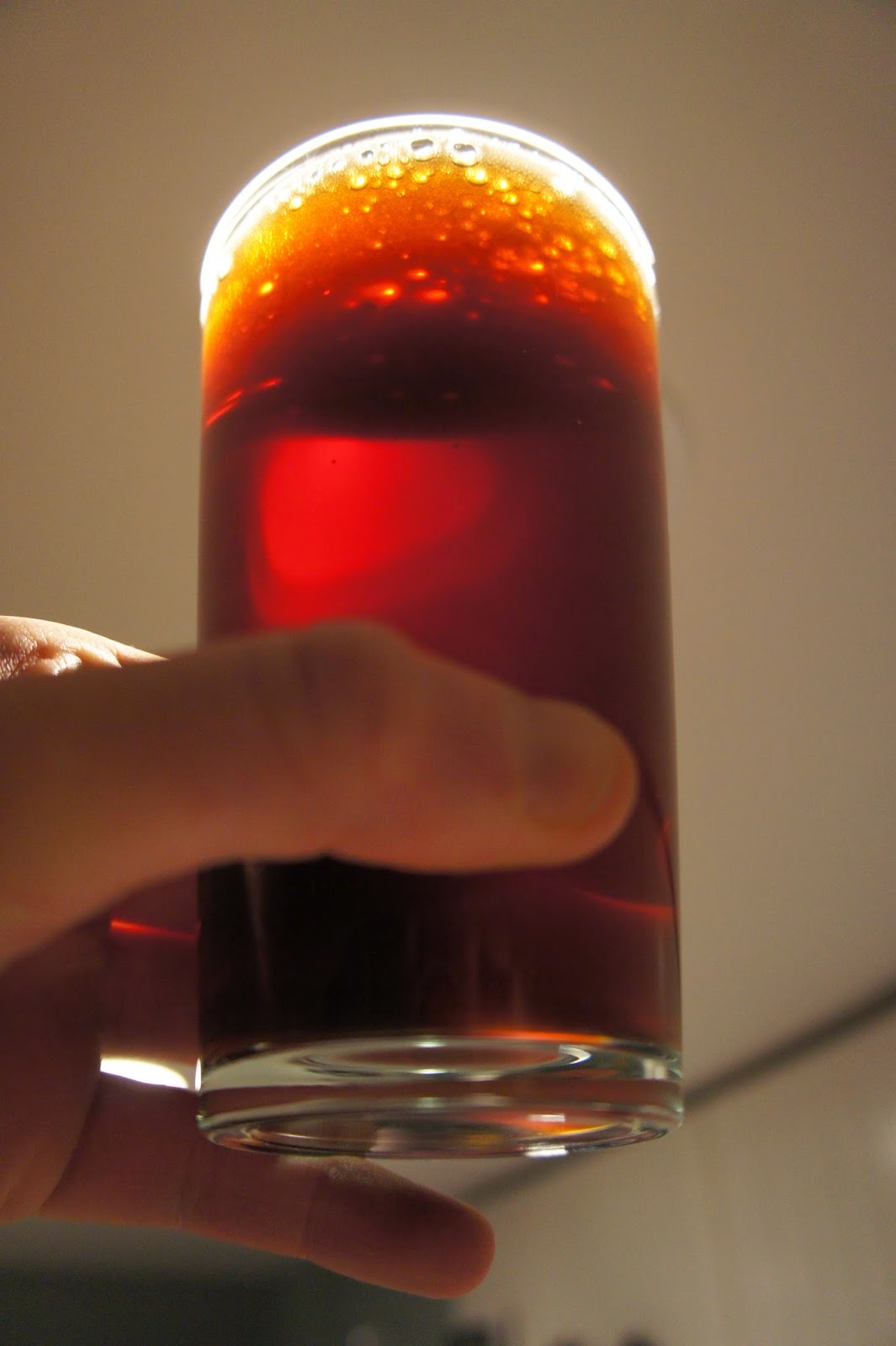 |
| Ye Olde Beer Taverne or whatever |
Interestingly, some of the founders of this country were also homebrewers as well as revolutionaries, and some of their recipes exist to this day in their private journals and documents. Philadelphia, PA-based Yards Brewing Co. has released an "Ales of the Revolution" series based off those recipes. Today's particular example is a 5.00% ABV herbed ale based on Benjamin Franklin's own recipe, called "Poor Richard's Tavern Spruce."
Benjamin Franklin is my favorite founding parent. He was a very pragmatic, industrious man who was always looking for new things to make, new things to try, and new ways to improve his life and the lives of people around him. He was very civically-minded but also enjoyed fun and wasn't afraid to reject the repressive and parochial social mores of his fellow leaders. He also loved beer, made his own, and is (unfortunately) mis-attributed as saying "beer is proof God loves us, and wants us to be happy!"
However - no sense in appealing to a higher power when I have a cold brew in front of me. Let's try it.
It pours super fast, with a thin white head. It's a clear, red/brown color, almost the consistency of soda. The nose is pretty interesting - lots of strong wood aromas, with a tinge of sour malts.
The taste is light, with woody flavors and herbal notes, and definitely sour. But not in an awful way - it's got a peculiar sort of wood sourness (if that makes any sense) that's rather new to me. It's piney but not resiny on the way out. It definitely tastes like spruce, or at least what I imagine spruce to taste like. It's very light and refreshing on the finish.
It's new and interesting, that's for sure. As noted above, it's almost like soda in the consistency. There's some carbonation, not a lot, but overall it ends up being a light and very easily-drinkable beer. And it's cool to see that's what they drank in colonial times. I have a feeling that high-alcohol beers are a modern thing; a few years ago I read Tom Standage's A History of the World in Six Glasses, and in one of the chapters, he discussed ancient beer - and it was pretty light, only a few points of ABV. And indeed, Belgian farmhouse ales were light enough in alcohol that it was given to workers to sustain them during long summer days working in the fields. Some beers I have tried are two, three, or even four times as strong as this one, and so it's cool to sit back and imagine I'm drinking something very similar to what colonial taverngoers would have had.












































